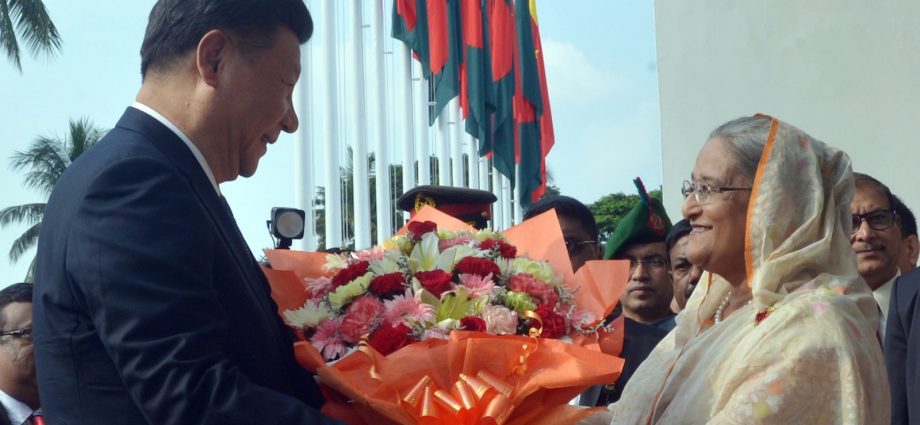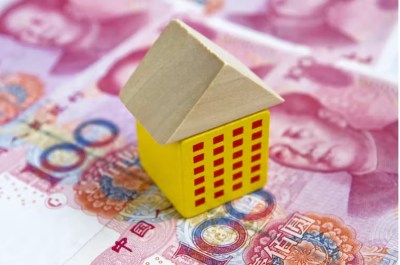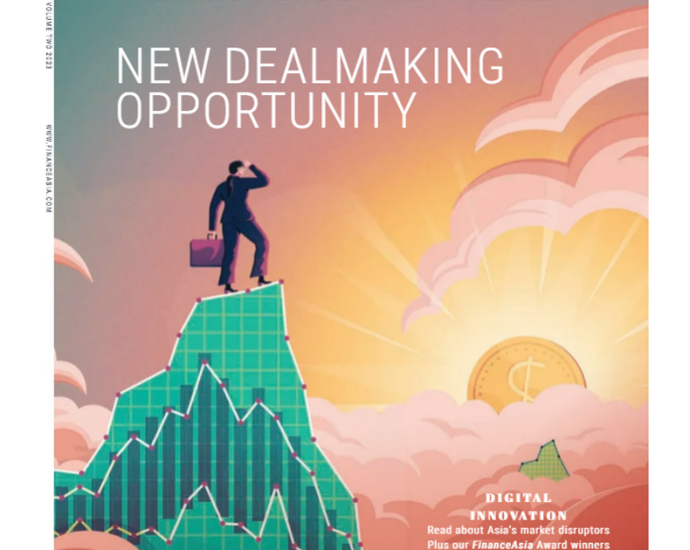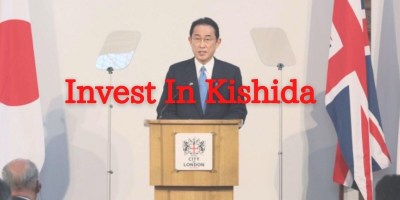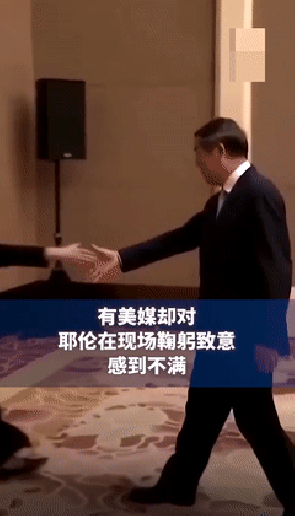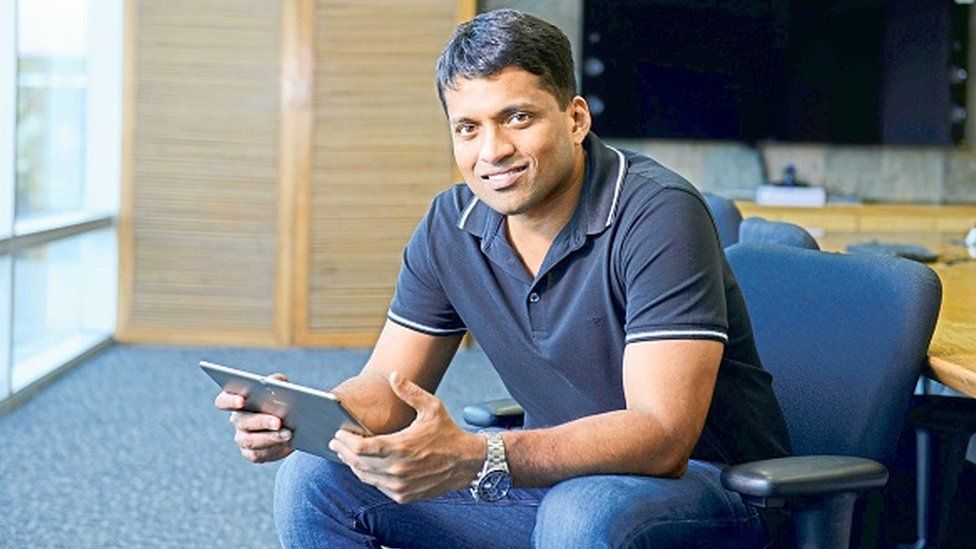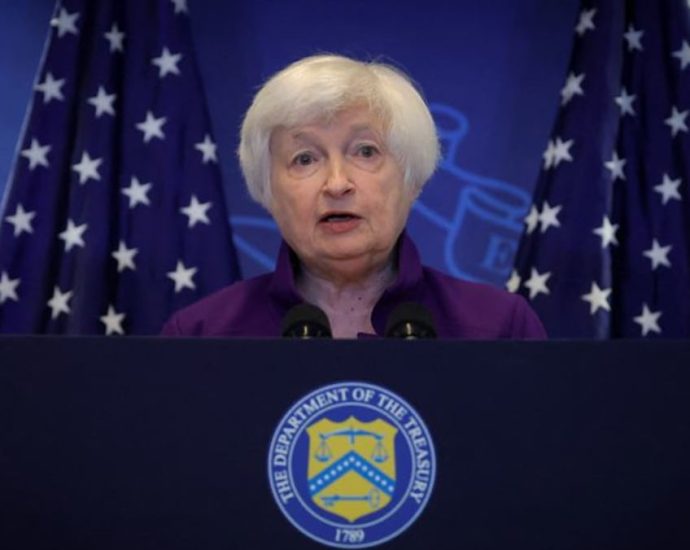Belt and Road a net benefit for Bangladesh
In recent years, China has emerged as Bangladesh’s largest trading partner and one of its biggest providers of development assistance. Since 2016, the two sides have been a strategic partnership.
Like 150 other countries, Bangladesh joined China’s Belt and Road Initiative (BRI). Since then, nine BRI projects have been agreed upon, including the Padma Rail Link, the Bangabandhu tunnel under the Karnaphuli River and the Dasherkandi sewerage treatment plant.
These three are on the verge of completion while six other projects are either underway or waiting to begin. Apart from the BRI, China provides development finance in various forms including public-private partnerships and soft loans. As Bangladesh accepted these loans and projects cordially, there has been a boom in Chinese projects across the country in the last eight years.
While the specter of a “debt trap” has hung over the relationship, as skeptics drew parallels with the Hambantota port lease deal in Sri Lanka, it seems Bangladesh has proved the specter – in its own case, at least – to be a myth thanks to Dhaka’s sustainable infrastructure drive.
Bangladesh’s deepening trade and financial engagement with China has created the image of a “China-tilting country” in the eye of the US – even though Bangladesh is determined to remain neutral amid the superpower rivalry. Despite worries about a debt trap, it seems Bangladesh has gain a net benefit from BRI and other Chinese projects.
A caveat: Net benefit refers to summing up all benefits and then subtracting the sum of all costs of a project. Net benefit provides an absolute measure of benefits rather than the relative measure provided by a benefit-to-cost ratio, which in today’s neoclassical economics may be the more popular approach to determining success and failure.
While net benefit normally would be expressed as a crunched number, i.e. a specific amount of money, I am not aware of any quantitative analysis specifically on Bangladesh’s BRI projects.
Here I use the term in a qualitative sense, to provide only an overview of the idea. My argument is that the input for Bangladesh is money while the outputs are diverse – and, subjectively, are clearly greater. In this sense, I posit that there has been a net benefit.

Bangladesh’s infrastructure drive
In the last decade, Bangladesh focused national policy on developing physical infrastructure to boost connectivity. The riverine country with a fast-growing economy identified infrastructural development as a prerequisite for expanding the size of the economy as well as socio-cultural development.
In the absence of significant infrastructure, it was difficult for Bangladesh to expand its economic activities outside of the capital and coastal region. For instance, the North Bengal and North-West region could not be industrialized without smooth connectivity and logistical infrastructure, both of which it lacked.
Development finance was needed to fill the gaps. But until China arrived, the existing development finance market could not raise the required funds for several projects in the billion-dollar range. In this context, Bangladesh’s demand met with China’s ambition to expand its geo-economic ambition under BRI.
Take, for instance, the new benefit accrued from the BRI-funded Dasherkandi treatment plant. As in many developing countries, rainwater and household waste combined in primitive systems that stank and caused severe health problems.
Now, the new treatment plants refine these dirty waters before they get to water bodies – from where the water is again collected, treated and supplied for household use. Besides Dasherkandi, which I have seen, there is also another Chinese treatment plant in Dhaka. The advantage of having those, if not priceless, surely is worth more than Bangladesh’s cost.
Other Chinese-funded or assisted projects are also benefitting the country. The Padma Bridge – the country’s first self-funded project implemented by Chinese engineers and using Chinese technology – is already bringing benefits to Bangladesh’s north and northwestern regions. It has shortened transport routes significantly and connected these regions directly with the capital, Dhaka.
The economy is already expanding and the circular economy – sharing, leasing, reusing, repairing, refurbishing, recycling – is also becoming larger in terms of geography. The bridge has also reduced pressure on internal waterways, which benefits commercial carriers greatly.
It is eye-popping that a single bridge is estimated to have increased the entire country’s GDP by 1% and reduced poverty by 0.84% at the national level. Other Chinese-funded or assisted projects are also benefitting Bangladesh as they contribute to the country’s effort to revamp the circular economy and address energy demand.
BRI and other Chinese projects are also introducing the country to sophisticated technologies. Take, for instance, the Bangabandhu tunnel project under the Karnaphuli River, marking the first time a tunnel-boring machine has been used in Bangladesh.
It has also marked the first time the country has undertaken underwater excavation. As Bangladesh now has a tunnel-boring machine in the country, the technology will be used for the underground section of the country’s first metro-rail.

Besides technology transfer, revamping and increasing the circular economy and growing the overall economy, BRI projects are also benefitting the country by increasing connectivity and trans-border trade.
Although BRI projects are providing net benefit for the economy and improving living standards, the sudden surge of Chinese funding in Bangladesh since 2016 has drawn the attention of the US. Washington now perceives Bangladesh as a China-tilting country, even as Dhaka aims to maintain an equal balance among the great powers.
The key to avoiding unnecessary costs and a debt trap is to equalize odds in geopolitical aspects, assess the economic viability of projects and stick to sustainable financing.
Bangladesh has showed prudence in these aspects as it scrapped or declined many proposed projects that may not be viable economically and is only opting for crucial projects that address its “infra-shortage” without giving geopolitical advantages to one superpower over the other.
Doreen Chowdhury is a Doctoral Researcher at the University of Groningen.

